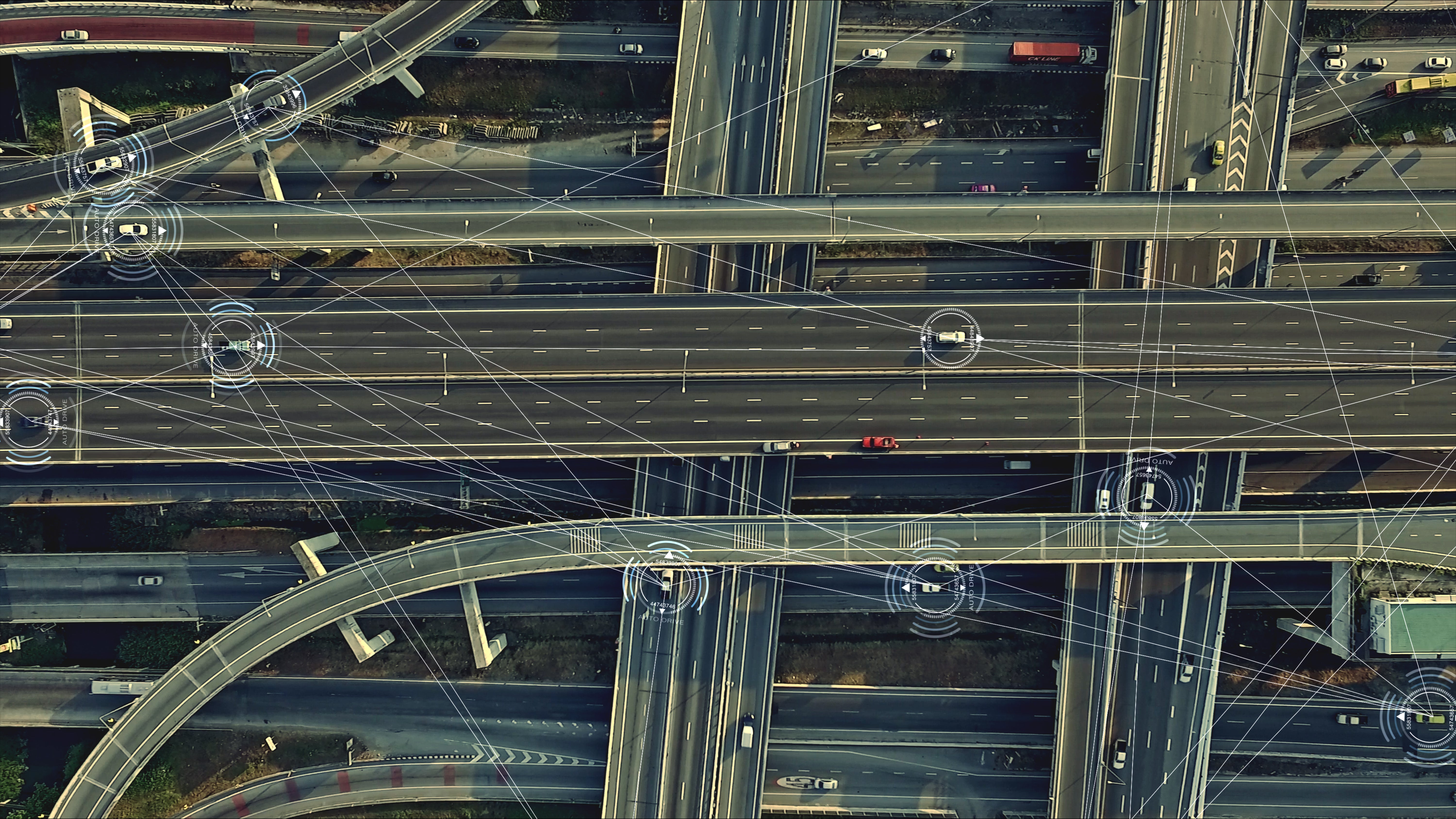AI and edge computing: the future of traffic management
THE ARTICLES ON THESE PAGES ARE PRODUCED BY BUSINESS REPORTER, WHICH TAKES SOLE RESPONSIBILITY FOR THE CONTENTS

Making cities smarter and safer for traffic participants, while cutting costs and accelerating the adoption of smart city solutions
When you think of a smart city, you think of self-driving cars and buses, products delivered by drones, or streetlights that turn on when you approach them. Services that are connected to the web, which make city-dwellers’ lives better. But smart cities help not only the people living in them but the people running them as well. And one undeniable aspect of smart cities is the management of intersections and adherence to traffic laws. In a smart city, that’s done by a traffic management system (TMS).
At LMT, we realised that our knowledge of mobile technologies could be a strong foundation for a new way of implementing TMSes. And if our tech can help improve public and road traffic safety, we knew we had to give it a try. AI solutions for traffic monitoring will not only improve the situation on the roads, but also potentially free up significant police resources that can be deployed elsewhere. The goal was to try to change the way traffic offences are detected and handled worldwide.
The benefits of traffic management systems in cities
A smart TMS is an artificial intelligence solution that is designed to analyse traffic and driver behaviours, which can then be used to detect unlawful actions on roads, such as running red lights, making illegal left turns, driving in the bus lane, speeding and so on. It’s a little device with a camera that we attach to a traffic light or any pole on the street. Then, the infringements are noted and sent to the authorities, who can then choose to process them further as they see fit.
The benefits of using TMS are many. For one, it provides city planners with data on inhabitant behaviour. It can help them identify problem areas, which, as they have been identified, can then be solved. We installed a TMS system at an intersection that was notorious for the frequency of accidents that happened there, and we found that there was a high rate of red-light running. Now, the city can think about how to address this issue with its inhabitants.
From another angle, collected data on infringements can ease the process of issuing fines – which in many cities is a manual process, and often undertaken with limited resources. As a result, this automated system can save municipalities’ resources and increase their income at the same time.
Sounds good, right? The problem is, until now, it’s been incredibly difficult, and the cost has been prohibitive for municipalities to implement such smart systems. Fortunately, with the development of 4G (and upcoming 5G) technologies, the costs are falling and installing smart traffic infrastructure is more than possible. The reason being that by connecting to the mobile network, you no longer have to obtain building permits to set up internet cables or wired sensor connections, which is time-consuming and expensive. All that’s necessary is an electric connection and some kind of pole that it can be mounted to – which is much easier to arrange.
Technology making smart TMS a reality
Implementing a TMS has never been more possible. The latest technologies make for the fastest and most economically efficient setup and maintenance, with the most diverse applications in terms of location and features. In fact, some are already up and running.
The mobile connection is the linchpin of the success of these systems. While current 4G networks have the capacity to handle a few prototypes, if you wanted to install these systems throughout the entire city at every intersection, you’d need the heavy lifting that 5G offers. As mobile operators continue to roll out 5G throughout their cities, this is becoming more of a possibility.
Another piece of technology that makes these systems possible is edge computing. We use the 4G mobile network for connectivity, which gives us a lot of freedom and saves time to set up the solution. Edge computing solves the limited transmission volume challenge, making it possible to be free of cable connections. We can do all the AI video analysis right there in the device, and only use 4G to send analysed data. We save on building costs, server costs, network bandwidth and setup time.
A common concern we hear is that of privacy – if there are cameras set up, then how is individual privacy upheld? These days, data privacy is an important issue and isn’t to be taken lightly. The solution only identifies and saves traffic law offenders’ vehicle data when the specified driving behaviour has been identified – such as running a red light. It will then save several photos and a short video in which both the car and traffic light are visible. This can then be used as proof by the police. The rest of the video stream is not saved, and even the police can’t access it. Also, the saved events are stored only for the minimum period that is required by law. We’re only interested in improving road safety, and we take privacy very seriously.
The time for smart cities is now
We’re living at a time when what used to be considered the “technologies of the future” are now here – and making them a reality is not only possible, but also cost-effective and convenient. At LMT, we’ve developed a ready-made system for municipalities, neighbourhoods or regions.
Find out more at https://trafficmonitoringtech.com/
Originally published on Business Reporter
